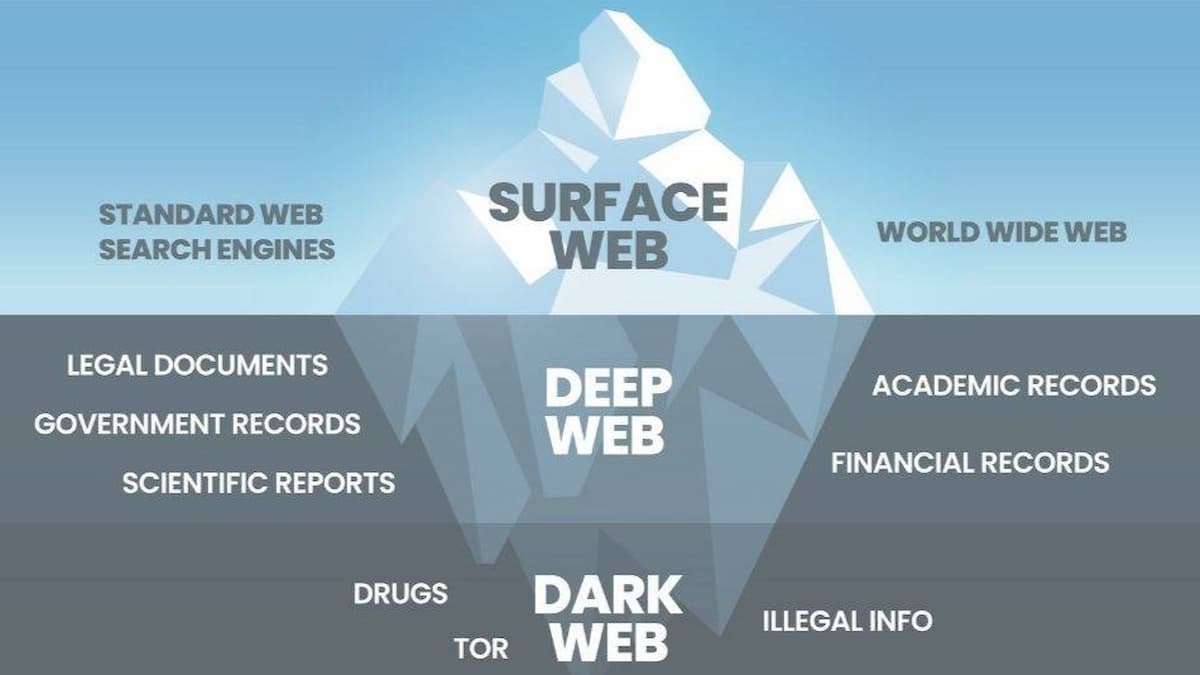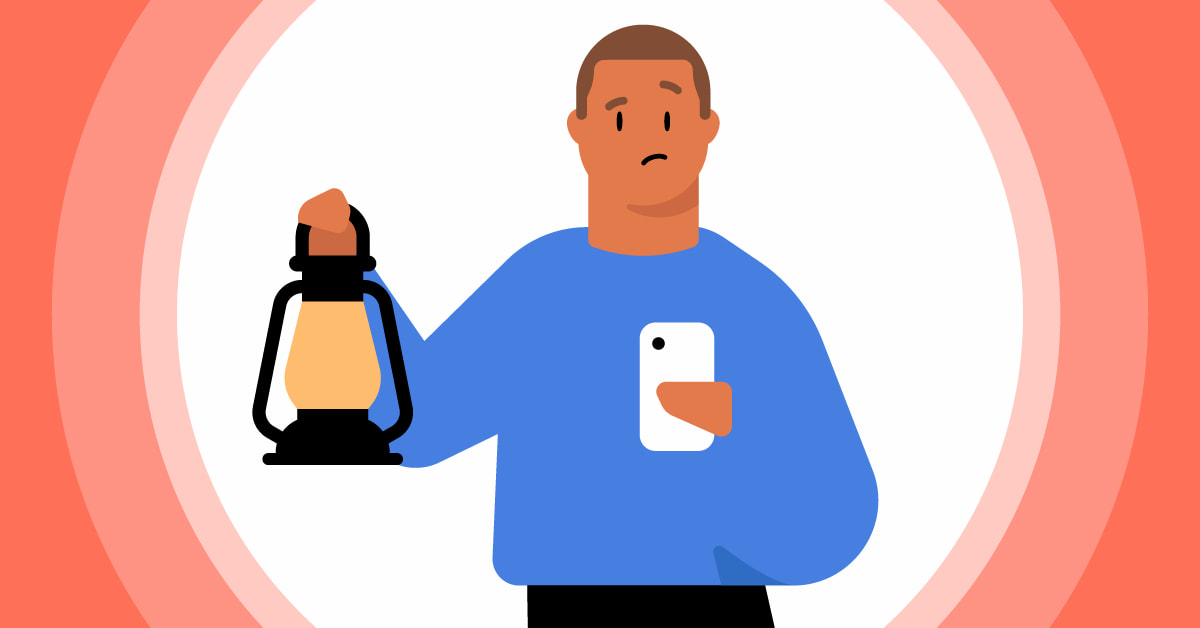Understanding the Dark Web: An In-Depth Exploration
14 September, 2024 | 12 min read

Introduction
The internet is a complex and multilayered digital environment, and most of it cannot be accessed by the search engines such as Google or Bing. The part of the web that most of us use on a daily basis is the surface web where sites are listed and easily searchable. Yet, there is the deep web, which is the content that is not accessible through the search engines and includes such things as password-protected databases and websites. The other part of the deep web is relatively smaller and is also less visible and is known as the dark web. As a hidden Internet, the dark web raises interest because of its connection with illicit activities. However, the dark web is used for both unlawful and legal activities.
What is the Dark Web?

The dark web is a section of the internet that is not indexed by search engines and can only be accessed through special browsers such as Tor. The. is used as the suffix of websites on the dark web. onion domain and are designed to hide the identity of the users as well as the operators of the site.
While the URLs of the surface web can be typed into any browser by anyone, the dark web sites are intentionally hidden. They are not accessible through the search engine and cannot be browsed like any other website. The structure of the dark web is to provide anonymity, which is beneficial in cases of privacy but also enables unlawful operations.
How Dark Web Operates
The dark web is based on anonymity technologies that hide users’ identities and their traffic. Tor, the most popular software, connects the user to the Internet through a number of relays located across the globe. This process is meant to make sure that each relay node is only aware of the previous and the next node in the chain hence making it almost impossible to track down the origin of the traffic.
Here’s how the process works in simple terms:
- Entry Node: Your traffic first goes into the Tor network through an entry node.
- Relay Nodes: It is then transmitted through several relay nodes and only the next layer of encryption is decrypted.
- Exit Node: Last of all, the traffic goes through an exit node, which leads to the desired website most of the time being a .onion site on the dark web.
Legitimate Uses of the Dark Web

Despite the fact that the dark web is associated with criminal activities, it has its rightful and socially beneficial purposes in such fields as privacy, freedom of speech, and research.
- Privacy: To users in some countries where the freedom of speech is limited, the dark web offers an opportunity to communicate, share news and express their opinions without being identified.
- Journalism: The New York Times and ProPublica are some of the media organizations that provide onion versions of their websites through which the whistleblowers could safely and anonymously report tips and information to them.
- Avoiding Surveillance: In countries where surveillance is rife, activists and other common users resort to the dark web to conceal their activities from governments or other companies.
Illegal Activities on the Dark Web

Although the dark web is helpful for many privacy-related tasks, its anonymity enables criminal activities to occur. Some of the most well-known illegal uses of the dark web include:
- Black Markets: Arguably, one of the most well-known applications of the dark web is the presence of black markets. Online marketplaces like the recently shut down Silk Road allowed its users to purchase items like narcotics, fake money, and stolen information. Such marketplaces typically employ the use of cryptocurrencies such as Bitcoin to ensure that the parties involved do not reveal their identity.
- Hacking Services: The dark web is the place where hackers provide data breaches, DDoS attacks, and malware services. This is a market for zero-day exploits, or vulnerabilities that are not known to the vendors of the respective software.
- Human Trafficking: However, the dark web is also connected with human trafficking and exploitation as some of its sections contain illicit forums and networks.
Risks of Using the Dark Web
For users who do not use the dark web for illicit purposes, the dark web is still very dangerous. Some of the key risks include:
- Malware: Most of the dark web sites contain links that download malware into the device and steal people’s information. These sites are designed in such a way that any user who visits them with no knowledge of the dangers involved will endanger his/her systems.
- Legal Consequences: Police services always follow unlawful activities that occur in the dark web. Even just visiting some of the black-market websites may result in participation in criminal proceedings if connected to criminal actions.
- Exposure to Disturbing Content: Due to the lack of control the users of the dark web can stumble upon some really disturbing content, including violence and abuse.
Conclusion
The dark web is a relatively unknown area of the internet, mainly because it is associated with criminal activities. But it is also a necessary instrument in the fight for privacy, freedom of speech, and the ability to conduct research. For those people who want to escape surveillance or live under oppression, the dark web is a valuable source. However, one must not forget that the dark web is a criminal place that still provides black markets, hacking services, and abuse. Regardless of its application, the dark web continues to be an essential area of concern for cybersecurity experts, police, and governments as they grapple with the issue of anonymity in a world that is becoming increasingly dependent on the internet. As the web progresses, the dark web also progresses and the issue of privacy versus security will remain a contentious issue and thus the dark web remains an area that requires constant focus.


